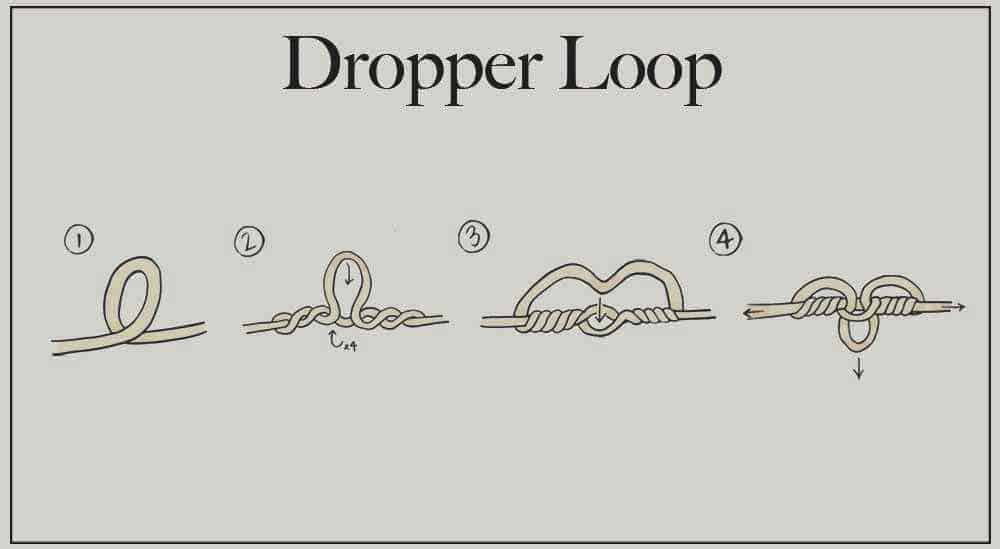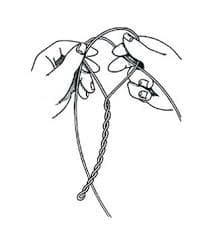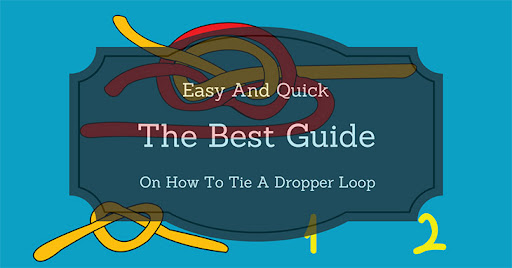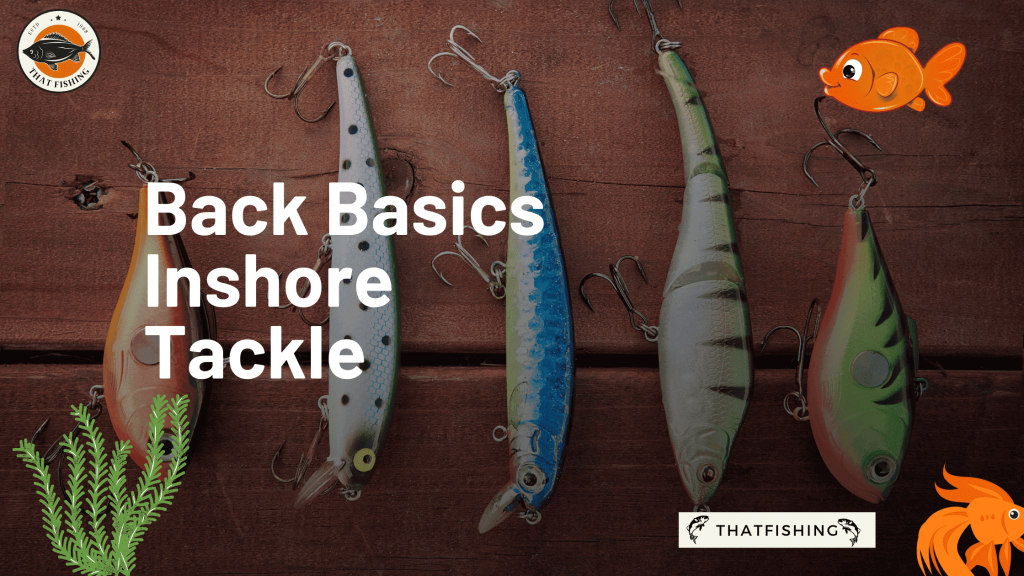Here’s another helpful tip to aid you with loop knots! A guide on how to tie a dropper loop – the quickest and easiest way, too!
Whenever I use my multi-hook lines for fishing, the dropper loop has been the greatest asset to learn how to do. After just a few had done, I was quick to master the step-by-step process my father taught me. I’d love to share what I know with all you fishing lovers out there.
So if you want to know the secret of the dropper loop-tying technique, by all means, read on and enjoy! Make sure to keep practicing; I assure you, it’s not hard to do!
Quick Navigation: How To Tie A Dropper Loop
- What You’re Going To Need To Have
- Which Line Should I Use For This Knot?
- Tutorial 1 – Basic Dropper Loop
- Tutorial 2 – Double Twist Dropper Loop
Things You Need
You’ll just need your fishing line and a pen or pencil for this procedure. Make sure you have enough lighting to see what you’re doing and remember to measure the lengths correctly, so you will know precisely where your dropper loop will come out.
I am a bit meticulous when it comes to length, so I’m using my measuring tape to get just the right amount of space in between my loops. It’s great to try to have an equal amount in between the knots.
The pen or pencil is to have something to keep a small loop in place while you make your way through the line. For me, it’s a way better option and makes the job smoother and faster as opposed to using your finger.
Which Line Should I Use For This Knot?
All kinds of lines are usable for this tie, whether it’s a fluorocarbon, monofilament, or braided line – it’s the same procedure for all types.
Incidentally, you can find some of the best fishing gear and braided fishing lines here, or if you like other lines and fishing accessories, this link will help you out.
Preferably I’m using a monofilament line for my dropper loop as I find it advantageous to use a line with low visibility and high strength, and it also is very affordable compared to all the others!
Method 1: Basic Dropper Loop

- Step 1 – Hold your line together and measure the length where you want the dropper loop to be.
- Step 2 – You will then have to make a moderately sized loop and tie it with a basic overhand knot; keep making overhand knots 3-5 times, covering one side of the circle with it.
- Step 3 – Time to use that pen or pencil. Place it at the end of your 3-5 overhand knots and keep making the knots (around 3-5 again) across it. You may use anything shaped like a pencil, even your finger, to do this – I just find it easier to use a pen.
- Step 4 – Remove the pen or pencil or whatever you used. It will now appear that there’s a small hole in the middle of the knots you have made.
- Step 5 – Now, you will have to use the bottom of the loop (the one without the overhand knots), and you can thread it through that small hole you just made. Be careful not to undo the overhand knots, and make sure the hole is large enough for your other end to shoot through.
- Step 6 – Carefully but firmly pull all three ends at the same time until it locks into place.
- Step 7 – Make sure everything is nice and tight and test out the loop with pulls and weight tests before using it in actual fishing.
There you have it! That’s your primary or standard dropper loop in 7 quick and easy steps! “101 Knots” has this 4-step image shortcut if you’ve mastered the seven steps:
Method 2: Double Twist Dropper Loop
This loop is a variation of the dropper loop that also is favoured for close to the surface fishing and multi-hook lines.

- Step 1 – Measure your line and settle where you decide you want your dropper loops to be.
- Step 2 – Take your pen or pencil and make sure it remains stable while you put your line around it and twist from behind to make knots. 3-5 times is recommended.
- Step 3 – Now, with the end of the knot, make a loop like you would in making a primary dropper loop. Using the overhand knots and making sure to have another small hole in the middle (with the utilization of another pencil or something similar)
- Step 4 – After making the knots remove the ones holding the holes to reveal the circle and the twisted knot with a hole that you made in step 2.
- Step 5 – Thread the twisted knot through the small hole in the primary dropper loop you’ve done.
- Step 6 – Firmly and carefully pull only the two ends. Meaning all ends, excluding the one with a twisted knot. Doing this will ensure that there are no gaps and that everything remains stable.
- Step 7 – Repeat step 7 of our method 1, testing out the loop before using it for fishing.
- And that’s how you tie a double-twist dropper loop in 7 quick and easy steps!
Related Reads:
FAQ
Dropper loop knot is quite strong compared to other dropper loop alternatives. It is a secure loop, and gives additional strength which is close to 100%. It makes it suitable for various fishing scenarios.
Dropper Loop knot is used in fishing to attach multiple hooks to a single fishing line. It allows anglers to deliver multiple baits together at different depths.
Monofilament, braided lines and fluorocarbon are types of fishing lines which can be tied with the dropper loop. It is important to use the correct fishing line for your targeted species and fishing conditions.



